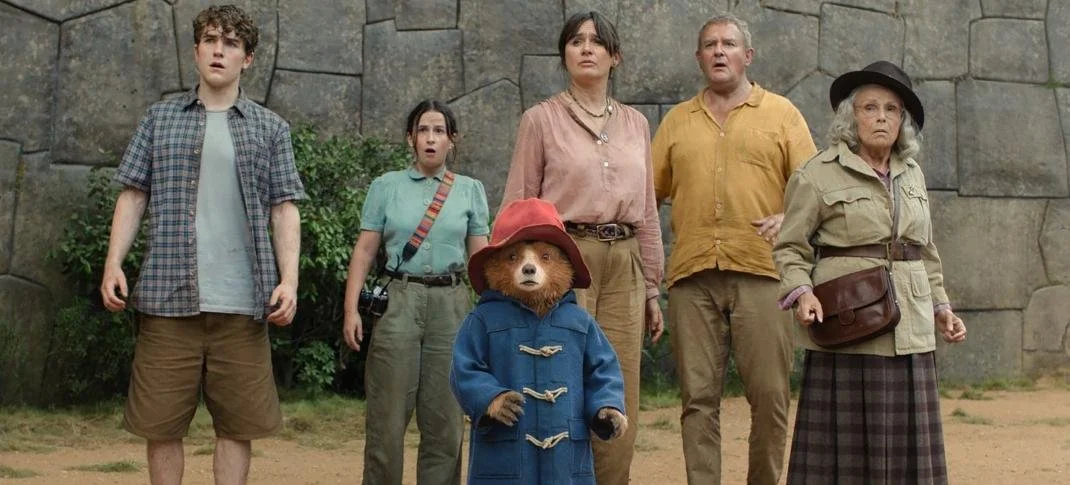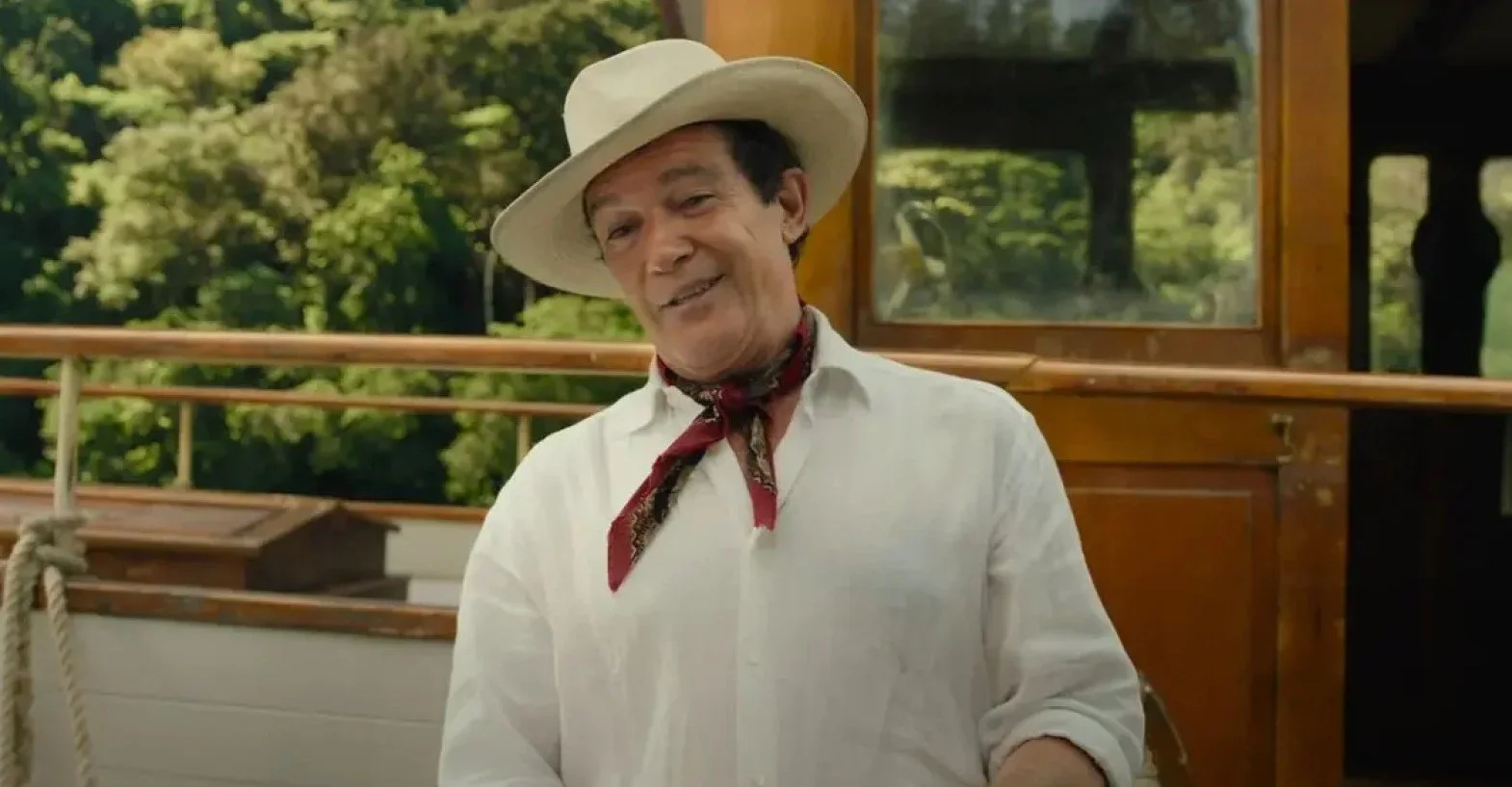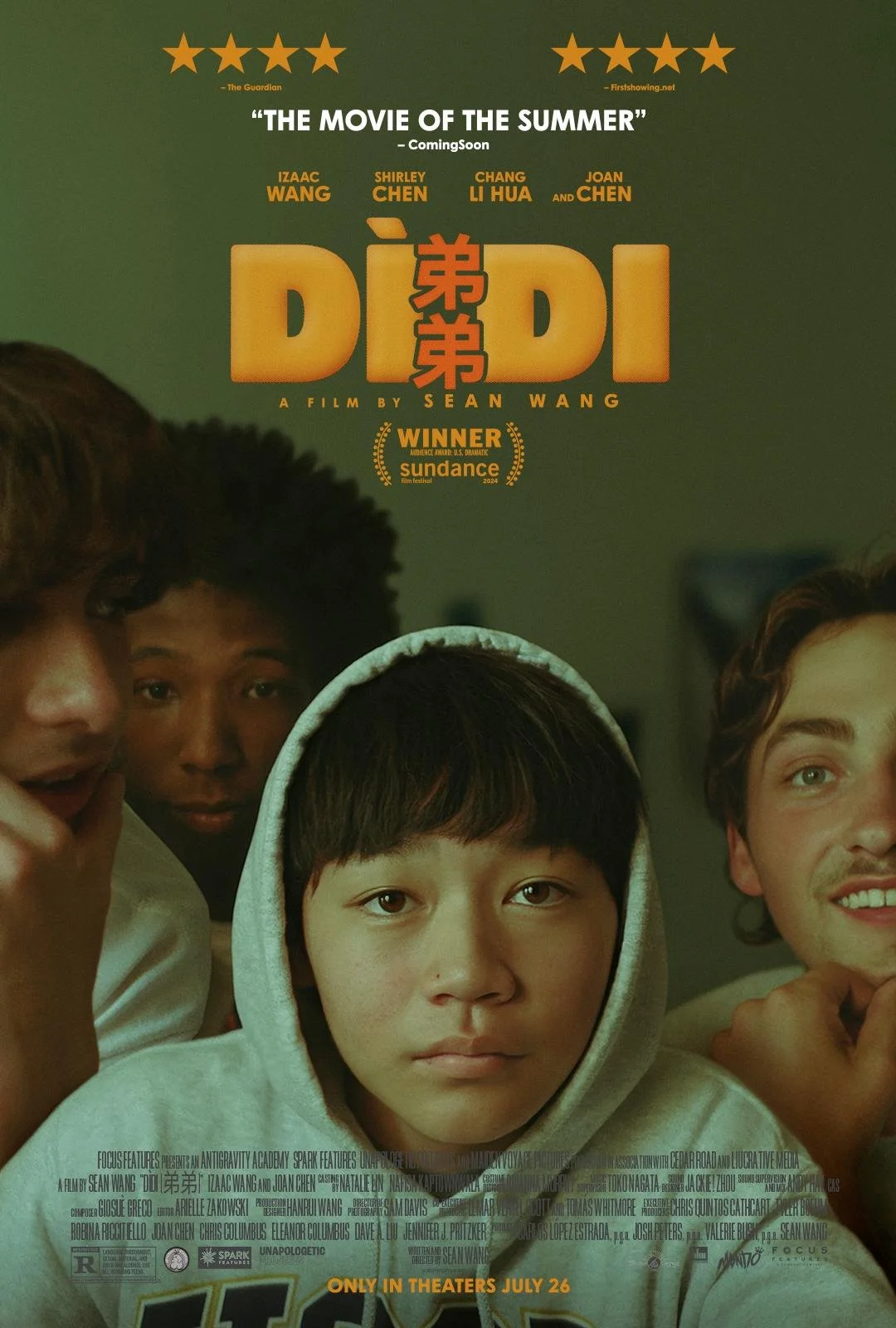Directed by: Andrew Ahn
Written by: Andrew Ahn and James Schamus
Starring: Bowen Yang, Lily Gladstone, Kelly Marie Tran, Han Gi-Chan, Youn Yuh-jung, and Joan Chen
Runtime: 102 minutes
‘The Wedding Banquet’ serves thoughtful romantic-drama dishes and a few rom-com ones too
“Long-term relationships, the ones that matter, are all about weathering the peaks and the valleys.” – Nicholas Sparks
Two couples – Chris (Bowen Yang) and Min (Han Gi-Chan) along with Lee (Lily Gladstone) and Angela (Kelly Marie Tran) – enjoy long-term relationships, but a pair of recent emotional storms have consumed their thoughts while they live in Lee’s home in Seattle.
Min’s visa is soon to expire, and marrying Chris would solve his citizenship woes, but coming out as gay would rattle his grandparents. In addition to his relatives’ shock, his wealthy kin – living in South Korea - would cut him off from the family money.
Meanwhile, Lee and Angela are desperately trying to have a child, but In vitro fertilization attempts have painfully failed, and their current financial crunch is crushing their hopes of becoming parents.
However, Min – out of the blue - proposes a ray of sunshine against everyone’s cloudy days: He will marry Angela to earn his green card and placate his grandparents, and in return, finance Lee’s IVF. Yay (or “Ah-ssa” (pronounced in Korean)), everyone will be happy!
Min and Angela would live a lie, but what’s “a little” fabrication to buy some happiness, right?
As one can imagine, this decision has consequences, especially when Min’s grandmother, Ja-Young (Youn Yuh-jung), visits the Pacific Northwest to meet Angela in person.
Director/co-writer Andrew Ahn’s “The Wedding Banquet” is a romantic comedy/drama that explores the hijinks of attempting an immense deception scaled-down inside one household while addressing outdated judgments against the couples’ queer lifestyles.
With “Saturday Night Live” (1975 – present) current player Yang starring as a co-lead, one might assume that Ahn’s picture, with its hectic premise, would be an absolute riot, similar to “The Birdcage” (1996), but “Banquet” delves much more into relationship turbulence and strife – rather than laughs - over the 102-minute runtime. Although the film does have a handful of hilarious moments, including one particular compromising position between two of the four co-leads, Angela’s mother (May (Joan Chen)) ever-present over-intrusive celebration of her daughter’s lifestyle, and Ja-Young’s frequent pragmatism.
Still, Ahn and writer James Schamus’ screenplay is primarily conversational while delving into the essentials of the leads’ feelings throughout their initial troubles and complications arising from the marital ruse.
Ahn’s movie is a remake of director/co-writer Ang Lee’s “The Wedding Banquet” (1993) (3.5 out of 4 stars), which earned a Best Foreign Language Film Oscar nomination. Also co-written by Schamus, Lee’s film - set in New York City and based on a Taiwanese immigrant’s story – is more romantic drama-based than comedic, but the picture is groundbreaking for its time, 22 years before same-sex marriage became legal in the United States.
The stigma against gay sexual orientation was additionally palpable in 1993, and Lee and the cast and crew dealt with these issues head-on and with care. Watching 1993’s “Banquet” today, one can unquestionably still feel the weight of Wai’s (Winston Chao) burden of coming out to his parents, along with their strain, while also broadly coping with a judgmental societal outlook during this period throughout the film’s 106-minute runtime.
Setting a comparable story in 2025 needs some revision. Hence, Lee and Angela’s IVF setbacks are included in this version. Additionally, a more significant generational divide – grandparents rather than parents – helps bring credibility to Min’s dilemma because one might opine that Gen X parents of Millennials would be more accepting.
Lee and Angela’s storyline delivers the necessary gravitas to pull the audience into the dramatic orbit. Gladstone and Tran offer tender and sympathetic moments in quiet, heartbreaking spaces for their characters. Meanwhile, Lee, Angela, Chris, and Min’s nerves are strained due to this upcoming and unsound martial ceremony. However, half of the 2025 “Banquet” stakes don’t feel terribly high because Min seems more concerned with staying on the payroll rather than hurting his grandparents’ feelings. Granted, Ja-Young states that Min’s grandfather doesn’t have much longer to live, so some of Min’s guilt does exist.
Youn Yuh-jung shouldn’t feel guilty about being a welcome scene-stealer, as Ja-Young is the most compelling character in the film, especially when she arrives in Seattle around the 48th minute because Min and company need to impress and convince this one person that Min and Angela’s soon-to-be-marriage is legit.
The movie offers a small traditional Korean wedding ceremony that serves Min and Angela’s purpose rather than a separate feast. See Lee’s 1993 picture for a big, beautiful pomp and circumstance banquet. Still, the 2025 film serves enough thoughtful big-screen dishes to root for a happy ending as Chris, Min, Lee, and Angela weather their current relationship valleys.
Jeff’s ranking
2.5/4 stars


































































































































